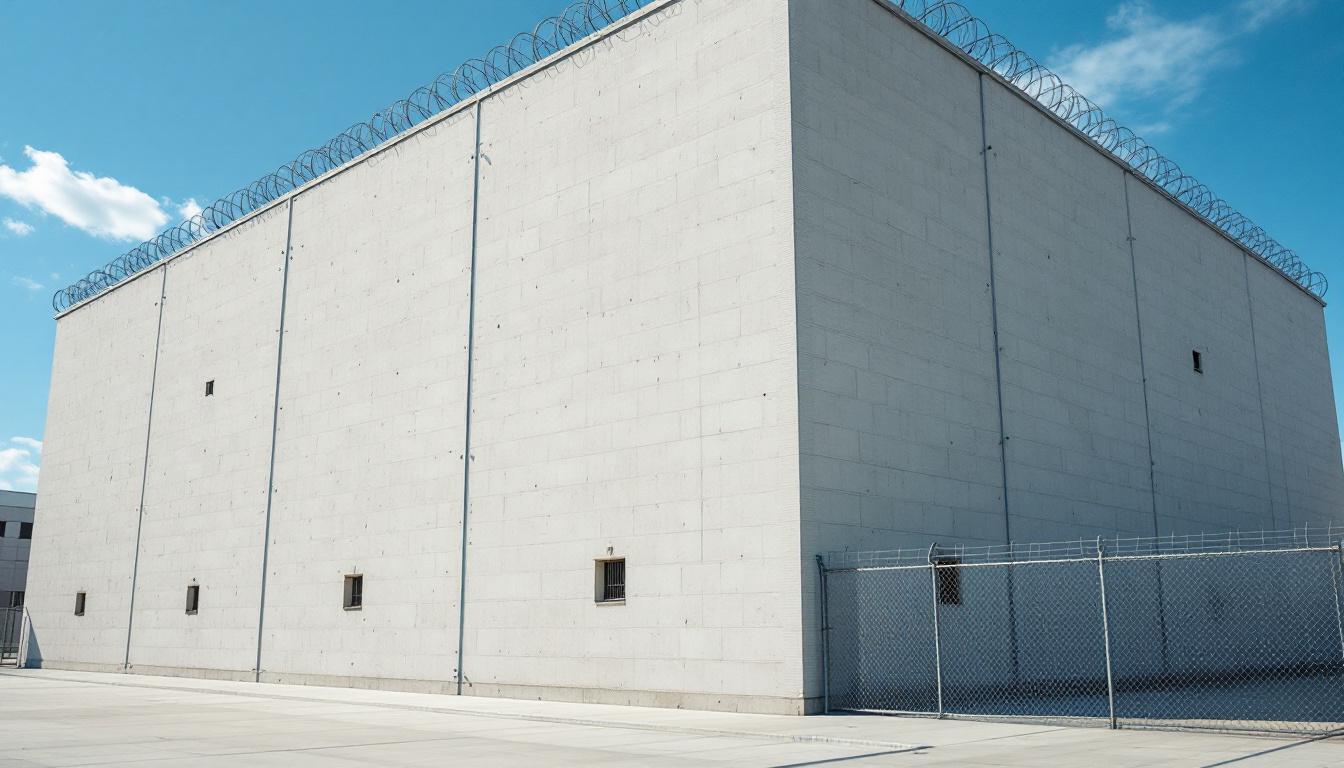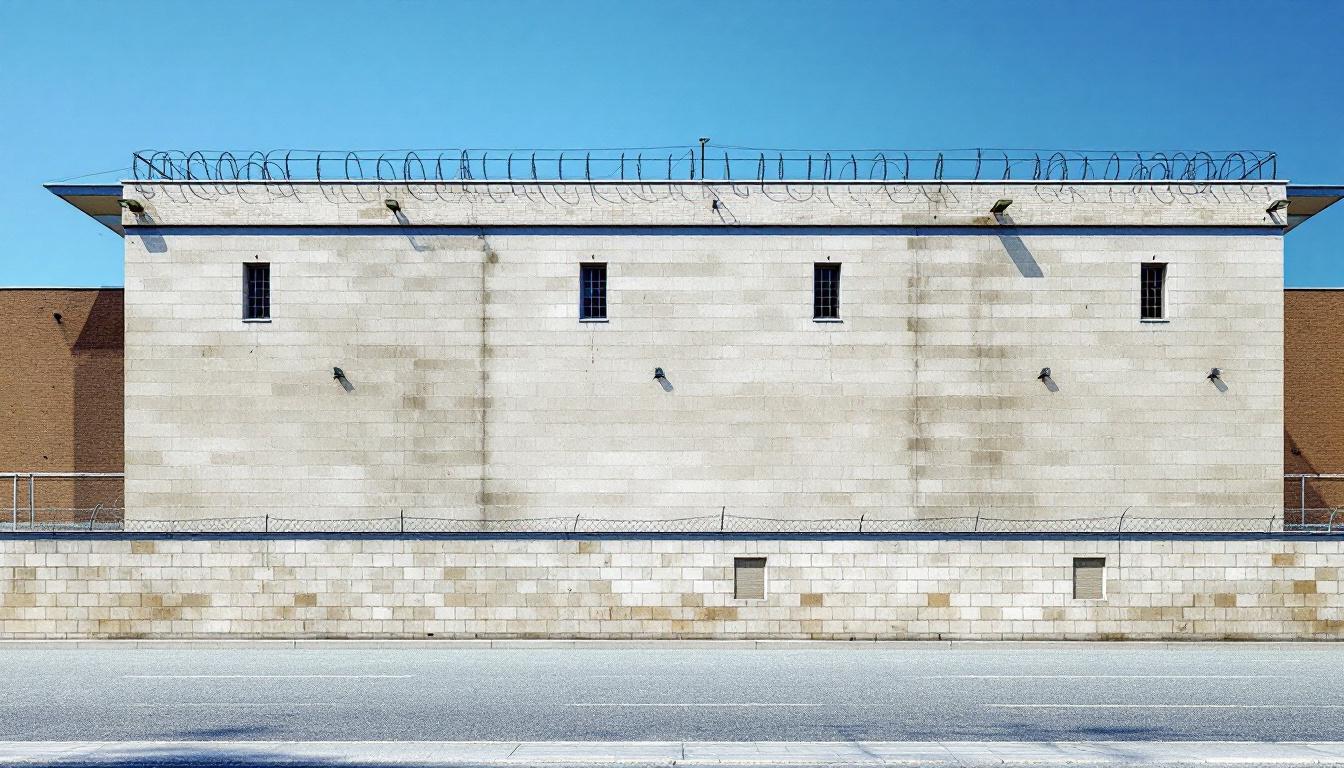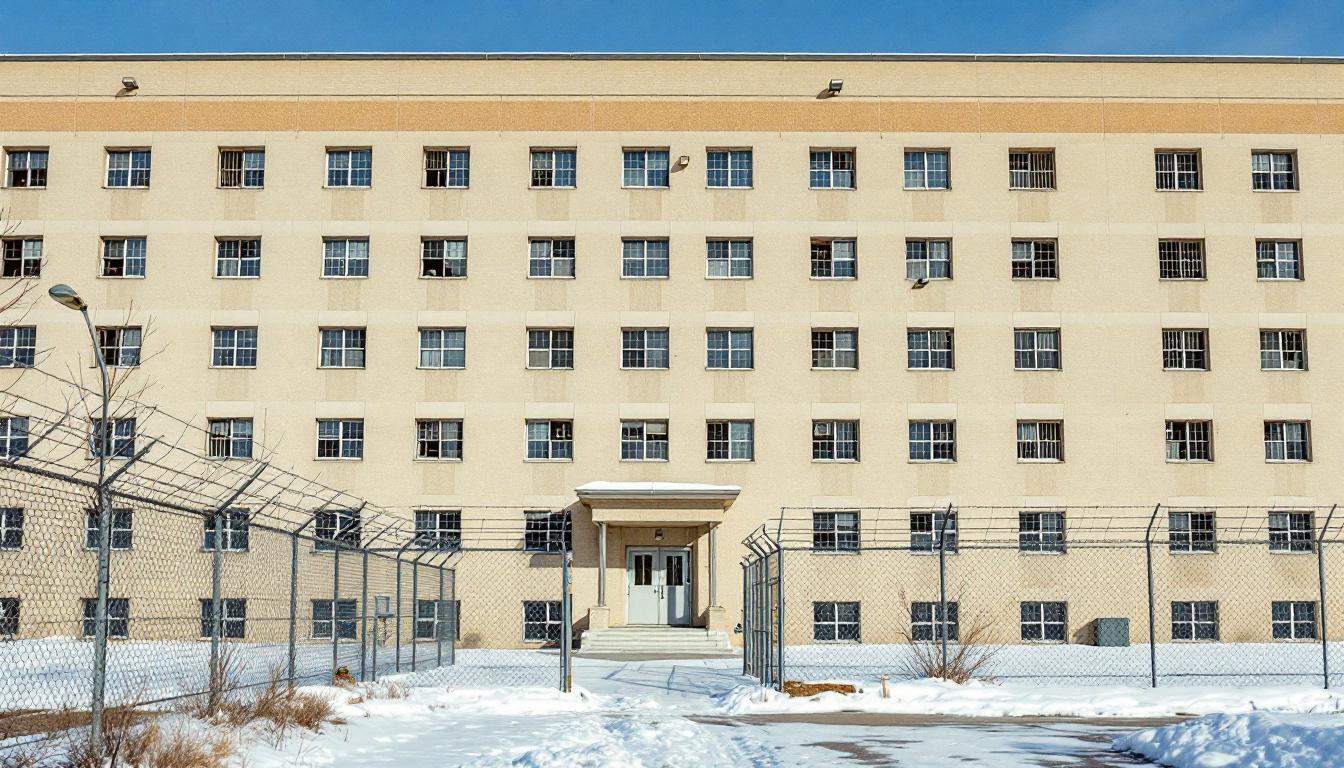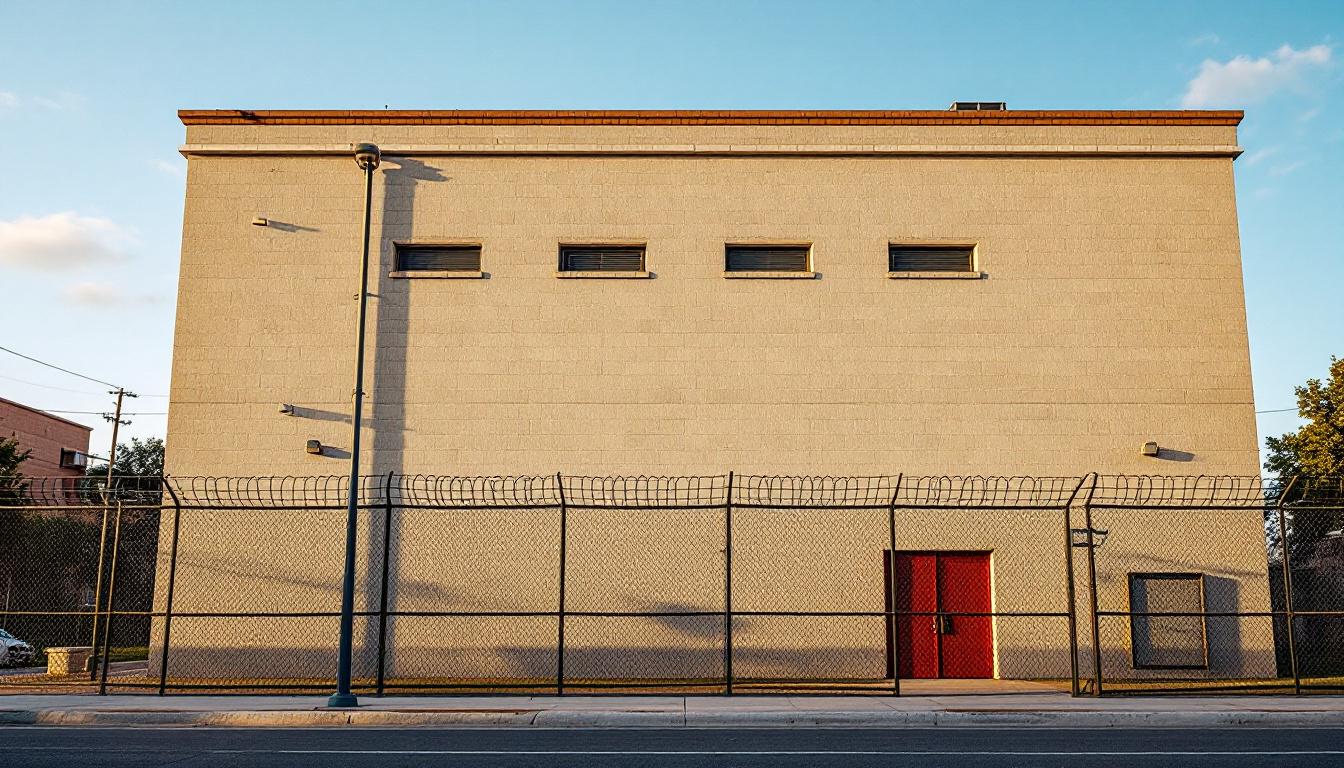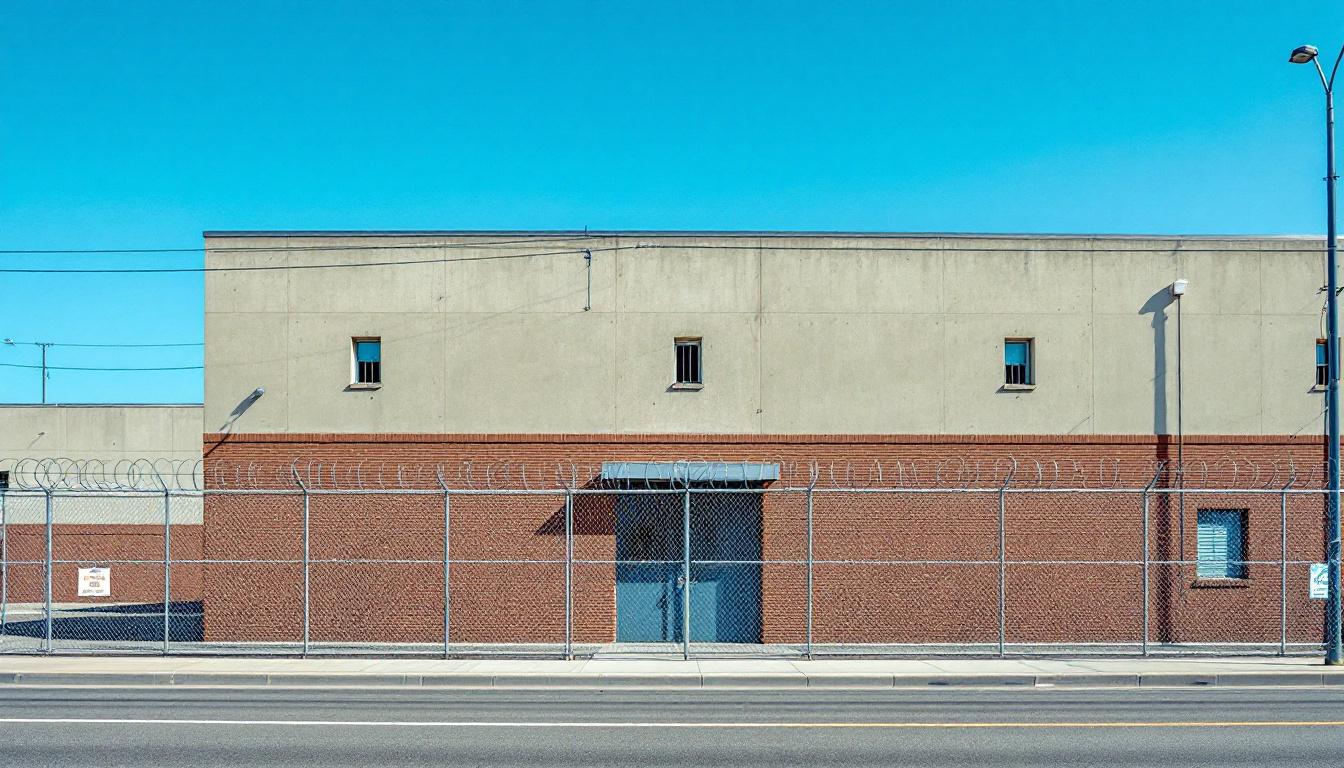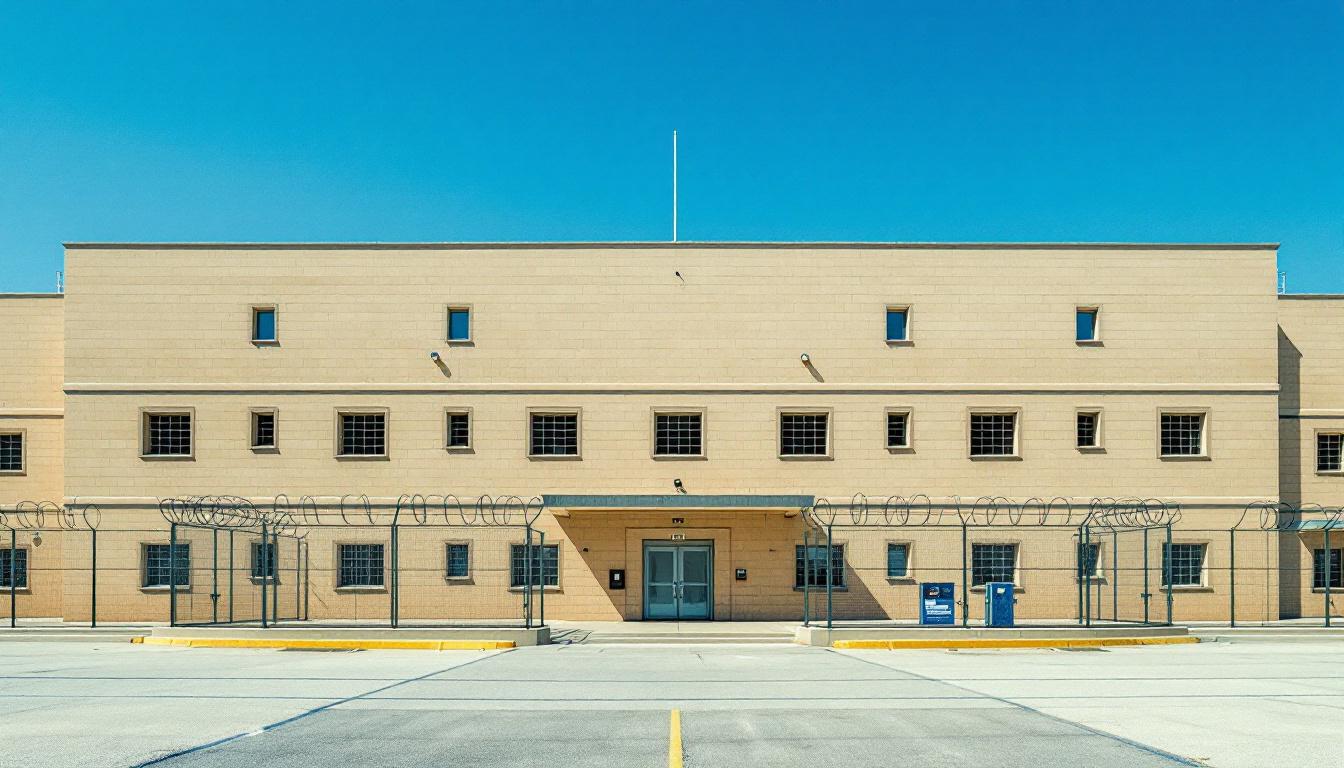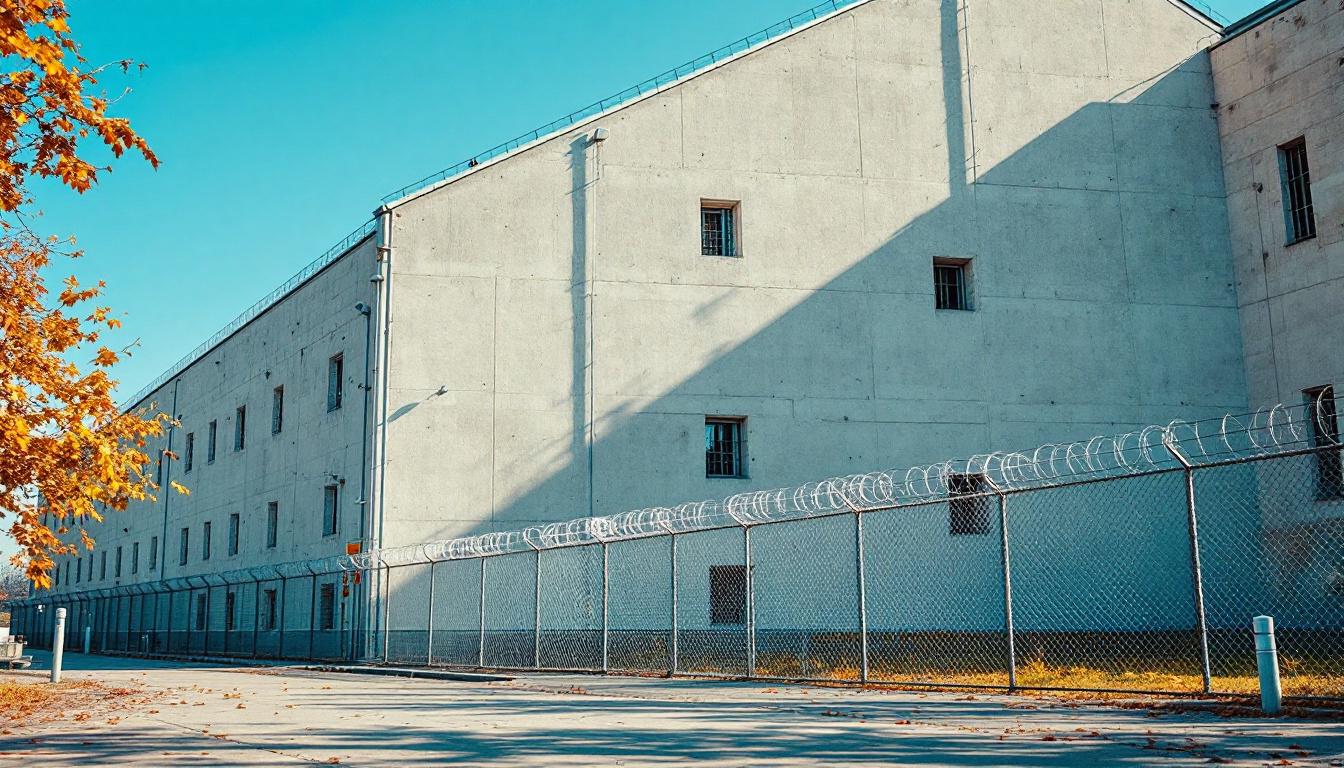
Quick Navigation
How to contact an inmate at Oregon State Penitentiary
This comprehensive guide will walk you through how to connect with an inmate at Oregon State Penitentiary. Follow the steps below to find an inmate and send letters and photos:
- Search for the inmate using our search tool below
- Create your account or log in to Penmate
- Write your message (up to 6,000 characters)
- Send instantly - inmates receive printed copies daily
Find an Inmate
Search for an inmate to start communicating today
Tip: You can search by first name, last name, or inmate ID number
To contact a person at Oregon State Penitentiary start by searching for the person on the official facility website. Perform a search by following these steps:
- Step 1: Enter their first name and last name into the search form and click "Search"
- Step 2: Locate their inmate record
- Step 3: Write down their Inmate ID and any housing information provided
Important! Be sure to enter the person's full name. Nicknames should not be used.
How to Send Messages to Inmates

You can use your phone or computer to send emails, letters, and photos to an inmate. Messages are sent electronically to inmate tablets or kiosks at the facility. If you would like to send a message, start by searching for an inmate at Oregon State Penitentiary.
Sending Photos and Postcards

A great way to send love and support to a loved one at Oregon State Penitentiary is to send photos and postcards. It only takes a few minutes to send photos from your phone and it makes a huge difference. You can also mail postcards with words of support and inspiration, or design your own postcard for special moments like birthdays and holidays.
Important! Be sure not to send any explicit photos or they may not be approved by the facility. You can also use a photo printing app like Penmate to make sure your photos are printed at the correct size (4x6 or 3x5) and are mailed according to the rules and regulations of Oregon State Penitentiary.
Frequently asked questions about Oregon State Penitentiary
-
How long does it take to deliver a message?
If you're sending an email message your letter is usually delivered within 24-48 hours. For messages sent via mail you should expect delivery within 3-7 days. All messages will need be approved by Oregon State Penitentiary.
-
How much does it cost to send a message to Oregon State Penitentiary?
You can send a message free using your phone or mail a message via USPS for the price of a $0.60 stamp and envelope. You can also purchase credits or e-stamps from services starting at $1.99.
-
What services can I use to contact an inmate at Oregon State Penitentiary?
Penmate
You can use Penmate to send letters and photos to an inmate from your phone. It's an easy way to stay in touch during your loved one's incarceration. Use the inmate locator to find an inmate's location and contact information, then you can send messages within a few minutes.
Securus messaging
Securus may be another option for communicating with an inmate at Oregon State Penitentiary. You can create a friends and family account and purchase credits to send messages. All messages will be reviewed and must be approved by the facility.
JPay
Some county jails and state prisons may support sending messages with JPay. You must register an account with the system, find your loved one, and purchase stamps to send messages. For some locations you can also attach photos.
Smart Jail Mail
You may also check if Smart Jail Mail is available at Oregon State Penitentiary. Smart Jail Mail is operated by Smart Communications and has contracted with some state and county jails. After purchasing credits, your messages and photos are sent to the facility, printed out, and then handed out to your loved one.
-
What is the mailing address of Oregon State Penitentiary?
Mailing address:
Oregon State Penitentiary
2605 State St
Salem, OR 97310
Phone: (503) 378-2453Business hours:
- Monday: 7:15 – 10:15 AM
- 12:15 – 3:45 PM
- Tuesday: Closed
- Wednesday: Closed
- Thursday: 7:15 – 10:15 AM
- 12:15 – 3:45 PM
- Friday: 7:15 – 10:15 AM
- 12:15 – 3:45 PM
- Saturday: 7:15 – 10:15 AM
- 12:15 – 3:45 PM
- Sunday: 7:15 – 10:15 AM
- 12:15 – 3:45 PM
-
What are the visiting hours at Oregon State Penitentiary?
Visiting hours at Oregon State Penitentiary vary by housing unit and security level. Generally, visits are scheduled on weekends and holidays, with some facilities offering weekday visits. Contact the facility directly at (503) 378-2453 or check their website for the current visiting schedule. Visits typically last 30-60 minutes and must be scheduled in advance.
-
What items are prohibited when sending mail to Oregon State Penitentiary?
Prohibited items typically include: cash, personal checks, stamps, stickers, glitter, glue, tape, staples, paperclips, polaroid photos, musical or blank greeting cards, hardcover books, magazines with staples, and any items containing metal or electronics. Only send letters on plain white paper with blue or black ink. Photos must be printed on regular photo paper (no Polaroids). Always check with Oregon State Penitentiary for their specific mail policies.
-
How do I send money to an inmate at Oregon State Penitentiary?
You can send money to an inmate at Oregon State Penitentiary through several methods: 1) Online using JPay, Access Corrections, or the facility's approved vendor, 2) Money orders mailed directly to the facility with the inmate's name and ID number, 3) Kiosks located in the facility lobby, or 4) Over the phone using a credit or debit card. Fees vary by method, typically ranging from $2.95 to $11.95 per transaction.
-
Can I schedule a video visit with an inmate at Oregon State Penitentiary?
Many facilities now offer video visitation as an alternative to in-person visits. At Oregon State Penitentiary, video visits may be available through services like Penmate, Securus Video Connect, GTL, or ICSolutions. Video visits typically cost $10-20 for 20-30 minutes and must be scheduled in advance. You'll need a computer or smartphone with a camera and reliable internet connection. Contact the facility for their specific video visitation policies and approved vendors.
-
What identification do I need to visit an inmate at Oregon State Penitentiary?
All visitors must present valid government-issued photo identification such as a driver's license, state ID, passport, or military ID. Minors must be accompanied by a parent or legal guardian who can provide the minor's birth certificate. Some facilities require visitors to be on the inmate's approved visitation list, which may require a background check. Contact Oregon State Penitentiary for specific ID requirements and visitor approval procedures.
-
How can I find out an inmate's release date?
To find an inmate's release date at Oregon State Penitentiary, you can: 1) Use the online inmate search tool if available, 2) Call the facility's records department, 3) Contact the inmate's case manager or counselor, or 4) Have the inmate provide this information during a call or visit. For privacy reasons, some facilities only release this information to immediate family members.
Facility Overview
Official Website

About Oregon State Penitentiary
Serving as a cornerstone of Oregon’s correctional system, the Oregon State Penitentiary operates with a fundamental mission to maintain secure custody while fostering pathways toward successful community reintegration. Located in Salem, the state capital, this OR correctional facility functions within the broader framework of Oregon’s commitment to evidence-based corrections practices that prioritize both public safety and meaningful rehabilitation opportunities. The facility’s position in the Willamette Valley reflects the Pacific region’s approach to corrections, emphasizing structured programming alongside the security measures essential for managing various custody levels within the incarcerated population.
The penitentiary typically offers a comprehensive range of those incarcerated services designed to address the diverse needs of individuals under its care. Educational programming may include basic literacy instruction, GED preparation, and vocational training opportunities that align with regional employment markets. Mental health services, substance abuse treatment programs, and reentry preparation generally form core components of the facility’s rehabilitation approach, supporting individuals as they work toward eventual community reintegration. These evidence-based interventions often operate alongside religious services, recreational activities, and family visitation programs that help maintain crucial community connections.
Within Salem’s correctional landscape, Oregon State Penitentiary represents the state’s commitment to balancing security requirements with rehabilitation goals through structured daily routines and progressive programming. The facility’s operations typically emphasize accountability and personal responsibility while providing the tools and support systems necessary for positive behavioral change. Through its comprehensive approach to offender management and support, the penitentiary serves not dedicated as a secure correctional facility but as an integral part of Oregon’s broader public safety strategy, working to reduce recidivism while maintaining the safety and security essential to effective corrections.
Programs & Services
Personal transformation begins with access to meaningful opportunities, and those incarcerated at Oregon State Penitentiary may find pathways to growth through a structured framework of educational and rehabilitative offerings. The facility typically emphasizes safety and security while providing an environment where participants can develop essential skills and knowledge. This approach often includes maintaining clear expectations and consistent routines that support both institutional order and individual development.
Educational services form a cornerstone of the facility’s offerings, with those incarcerated often having access to basic literacy programs and academic instruction designed to build foundational knowledge. Civic education may furnish participants with understanding of community responsibilities and democratic processes. In addition to this, vocational programs typically provide hands-on training in various trades and technical skills. These offerings often include specialized instruction in areas such as upholstery, where participants can develop marketable abilities while contributing to facility operations through structured work assignments.
Support services frequently encompass cognitive behavioral programs that help those incarcerated develop problem-solving skills and address patterns of thinking that may have contributed to their circumstances. These therapeutic offerings typically operate within the facility’s secure environment, emphasizing both personal accountability and practical skill development. The structured nature of these programs often reinforces the importance of routine and discipline while providing participants with tools they may utilize for successful community reintegration upon release.
Daily Life & Visitation
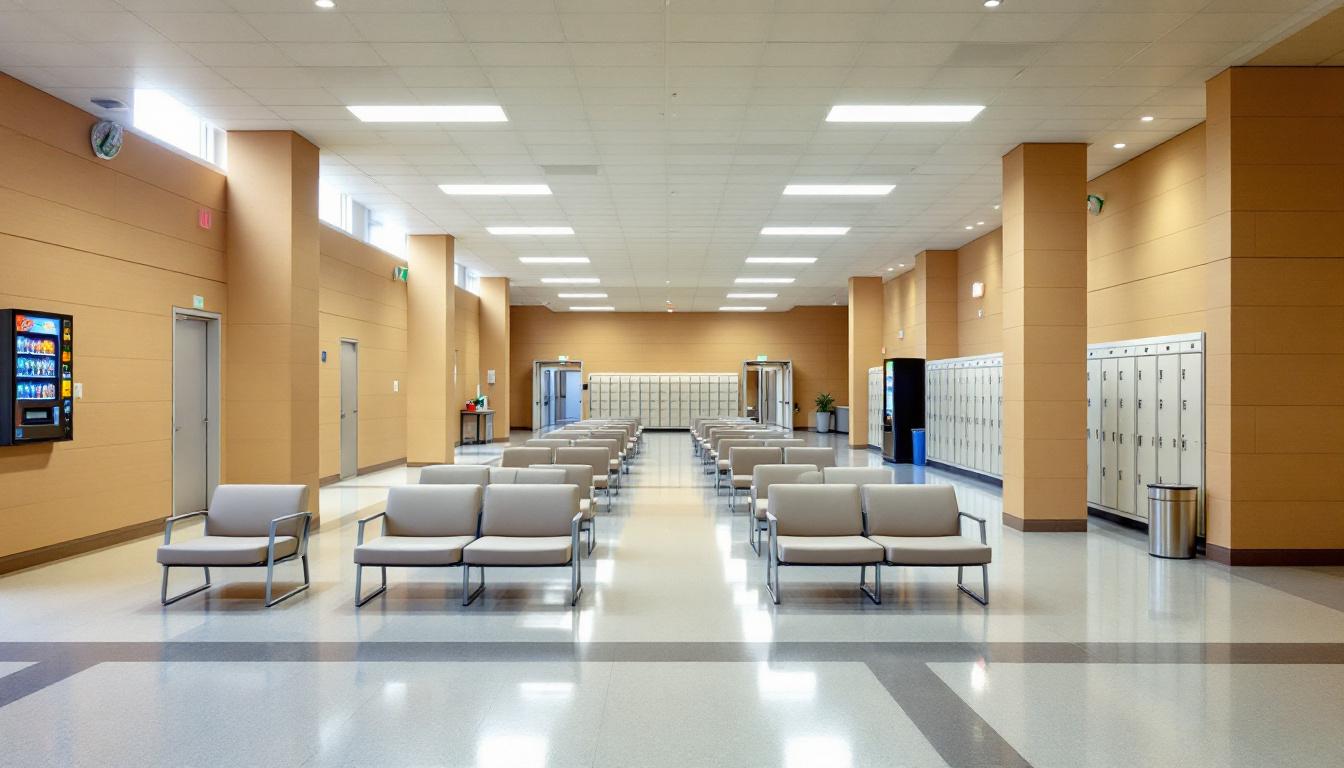
Building connections with family and maintaining social bonds remains a central focus for those incarcerated at Oregon State Penitentiary, where structured community interactions help residents navigate their daily experiences. The facility currently operates on a regimented schedule that begins with early morning counts and continues to provide various opportunities for meaningful engagement throughout the day. Wake-up typically occurs before dawn, followed by breakfast service and work assignments that may include kitchen duties, maintenance tasks, or facility operations roles.
Living accommodations generally consist of shared cells or dormitory-style housing units, where those incarcerated often develop supportive relationships with their cellmates and neighbors. The dining experience furnishes regular opportunities for social interaction, with meals served in common areas that allow residents to connect with others from different housing units. In addition to this structured meal service, the commissary system enables individuals to purchase personal items and food products, which many share with friends or use to prepare communal meals in designated areas.
Recreational activities and programming schedules provide essential outlets for maintaining physical and mental well-being while fostering community connections. Exercise opportunities typically include access to outdoor recreation yards, gymnasium facilities, and organized sports leagues that encourage teamwork and friendly competition. Despite this structured environment, visitation policies generally allow regular contact with family members through scheduled visits, phone calls, and correspondence. Educational programs and vocational training may also be available, offering residents chances to develop skills while working alongside peers toward common goals of rehabilitation and preparation for eventual reintegration into their communities.
Ready to Connect?
Start communicating with your loved one today
Search for an Inmate
